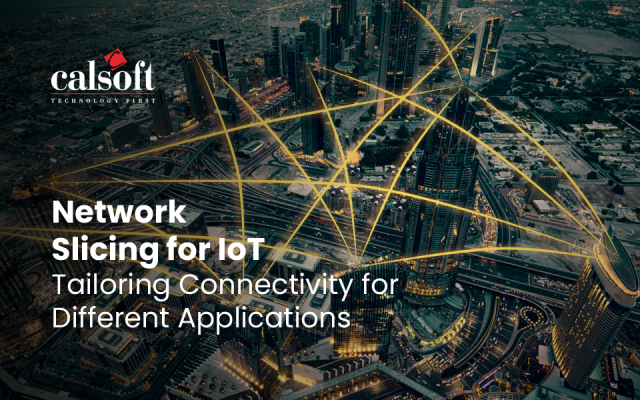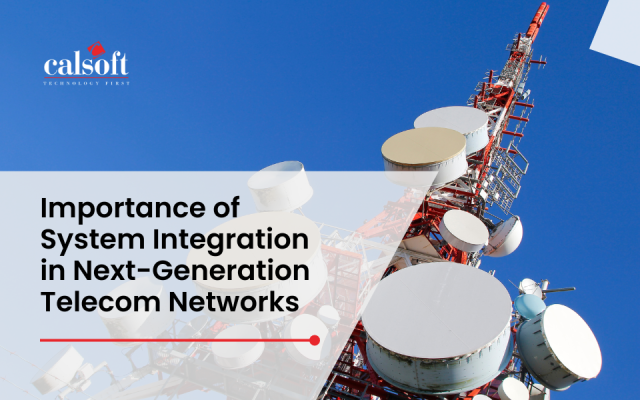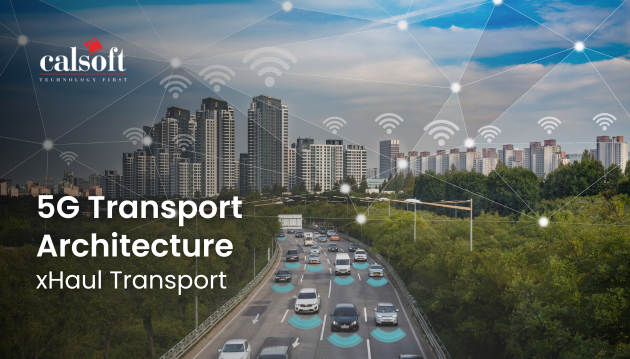The world was already in a fast-accelerating race to adopt digital technologies. The pandemic added the equivalent of a “Nitro Boost” to the world’s digital ambitions. From a distributed workforce to remote customers, enterprises are now engaged in extending the boundaries of their digital landscape. The aim is to enable customers as well as employees to leverage seamless interactions and engagement for maximum benefit. In the world of software product development, this is accelerating adoption in a couple of areas that had already become the norm; Agile development with DevOps and cloud deployment.
The Rise of Edge Computing
While agile and cloud have been around for over a decade now, the way applications are built and deployed today is undergoing a bit of a transformation. The emergence of microservices architectures and multi-cloud and hybrid environments are driving innovation as technology continues to evolve. In this context, the rise of edge computing is being closely monitored by companies. Studies predict that by 2028 edge computing will be worth USD 61.14 billion globally.
Moving computing resources and workloads closer to high-demand areas while being connected to a central data center is giving edge computing a clear advantage. Solutions such as smart home tech, remote factory operations management, and many more are emerging every day to leverage the reduced latency which is ideal for processing large workloads near their consumption areas.
Managing Application Modules Through Containerization
Applications that look to make the most of the promise of Edge computing need to consider the nature and inherent limits of Edge devices. It’s in this context that organizations are looking at ways to break large monolithic applications into containerized modules that manage individual sub-functions of the applications relatively easily.
Kubernetes Paves the Way for Efficient Container Module Management
As more cloud services split into containerized sub-services and modules, the next big challenge for digital applications is achieving seamless management. This is where Kubernetes come into the picture. Built originally by Google’s engineers to manage the orchestration of a plethora of consumer applications, Kubernetes has evolved into an open source platform used across hundreds of thousands of applications worldwide to orchestrate and manage virtual applications deployed inside containers of all scales. The Google heritage of Kubernetes is testament enough to its ability to handle automated deployments of exceptionally large applications. Google boasts of having some of the world’s most widely consumed digital services through its large collection of consumer and enterprise apps.
Why is Kubernetes the Best Choice for Edge Computing?
Edge computing may require thousands of containerized virtual services to run workloads smoothly near the edge of the cloud and closer to customers while being connected to a central data center. Kubernetes offers a centralized management platform to control services across a range of multi-cloud or hybrid cloud environments and is ideally the best-fit candidate to help organizations manage distributed workloads on the edge.
Let us examine three key reasons why Kubernetes is the best choice for Edge computing:
Deployment at Ease
Nearly all virtual infrastructure is an ideal operational ground for deploying a Kubernetes environment and organizations can choose any deployment approach for the same as well. Be it on its own servers or by leveraging a managed service from a cloud platform, Kubernetes offers unmatched flexibility for deployment. As more organizations move specific workloads to the edge, they are more comfortable utilizing existing technology that they are already familiar with to set up Edge environments. Kubernetes allows this flexibility and eliminates the need for companies to invest in and learn new and tailored edge management platforms. For organizations with budget constraints, this can be a huge cost advantage.
Responsiveness
Users today demand a high degree of availability from modern digital applications. And there’s no room for compromise even while deploying a large number of containerized services at the edge. However, there may be scenarios where an edge node may be powered down or disconnected due to technical glitches. In such cases, the availability of the entire system that the node is part of cannot be compromised till the node comes back up. Kubernetes can automatically re-route traffic to other nodes to manage the breakdown in real-time. It works similarly when a new service or node needs to be brought online in the Edge network. By preventing disruption to the service to real-time responses, Kubernetes becomes a lifesaver especially in critical edge applications like those of home security, healthcare, power utilities, and more.
Centralized Management for Distributed Resources
Edge networks may involve a gamut of modularized services processing workloads closer to their consumption site. These may include IoT devices, AI environments, on-premises applications, and cloud services. In the traditional scenario, organizations may have to invest in on-boarding multiple management tools for each service or each category of service. Further overhead would have to be accommodated in ensuring their optimal management as a holistic solution. Kubernetes eliminates this bottleneck by helping to manage all virtual applications and environments centrally. It doesn’t differentiate between infrastructure that is on the cloud or on-premises or whether the cloud itself is a multi-cloud or hybrid environment. It brings on-board automated management thereby streamlining overall Edge capabilities.
Kubernetes is emerging as a lifeline for Edge computing. As more businesses leverage the power of Edge computing for better outcomes, Kubernetes promises to occupy a place at the heart of their operations, helping them orchestrate workloads and ensuring customer needs are fulfilled at all costs.






